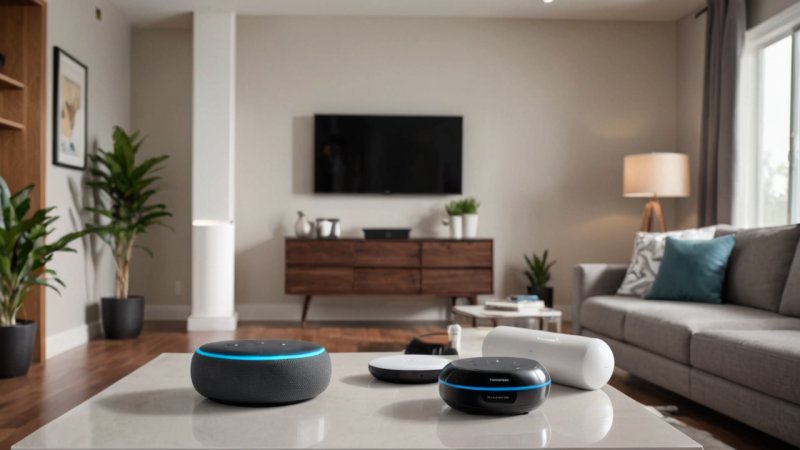The world of smart home technology is expanding rapidly, offering a plethora of devices designed to make life easier, more efficient, and more enjoyable. However, with so many options available, it can be overwhelming to determine which devices are the best fit for your specific needs. In this article, we’ll explore several key factors to consider when choosing smart home devices, ensuring that you make informed decisions that enhance your daily life while fitting seamlessly into your lifestyle.
Assess Your Needs and Lifestyle
The first step in choosing the right smart home devices is to assess your personal needs and lifestyle. Consider the following questions:
- What are your primary goals for automating your home? (e.g., security, convenience, energy efficiency)
- How tech-savvy are you? Would you prefer user-friendly devices or are you comfortable with complex setups?
- Do you have specific areas in your home that require automation, such as the living room, kitchen, or outdoor space?
By answering these questions, you can narrow down your options to devices that will genuinely benefit you.
Consider Compatibility and Ecosystem
When selecting smart home devices, it's crucial to consider compatibility with existing systems and devices. Many smart home products operate within specific ecosystems, such as Amazon Alexa, Google Assistant, or Apple HomeKit. Here are some tips:
- Check if the devices you are interested in are compatible with your current smart home ecosystem.
- Think about whether you want to stick to one ecosystem for easier integration or mix and match devices.
- Research the availability of third-party integrations that can expand the functionality of your devices.
This ensures a smoother user experience and avoids the frustration of devices that cannot communicate with each other.
Evaluate Security Features
As smart home devices collect and transmit data, security should be a top priority. Look for the following features:
- End-to-end encryption to protect your data.
- Regular software updates from the manufacturer to safeguard against vulnerabilities.
- Two-factor authentication for added security when accessing your devices remotely.
Taking these precautions can help protect your home and personal information from potential breaches.
Set a Budget
Smart home technology can vary greatly in price, so it’s essential to set a budget before diving into purchases. Consider these points:
- Identify which devices are most important to you and prioritize those in your budget.
- Look for deals or bundles that may offer better pricing on multiple devices.
- Don’t forget to factor in any additional costs, such as installation, subscriptions, or necessary accessories.
Being mindful of your budget helps you invest in devices that meet your needs without overspending.
Read Reviews and Seek Recommendations
Before making a final decision, take the time to read reviews from other users and seek recommendations from trusted sources. Consider the following:
- Check tech review websites and forums for detailed assessments of the devices you’re considering.
- Ask friends or family members who have smart home devices for their experiences and suggestions.
- Look for devices that have received awards or recognition in the tech community.
Doing thorough research can help you avoid poorly rated products and highlight the best options available.
In conclusion, choosing the right smart home devices involves understanding your needs, ensuring compatibility, prioritizing security, setting a budget, and conducting thorough research. By following these guidelines, you can create a smart home that enhances your lifestyle, making your daily activities more efficient, enjoyable, and secure. Embrace the technology that aligns with your goals, and enjoy the many benefits that a smart home can offer.






